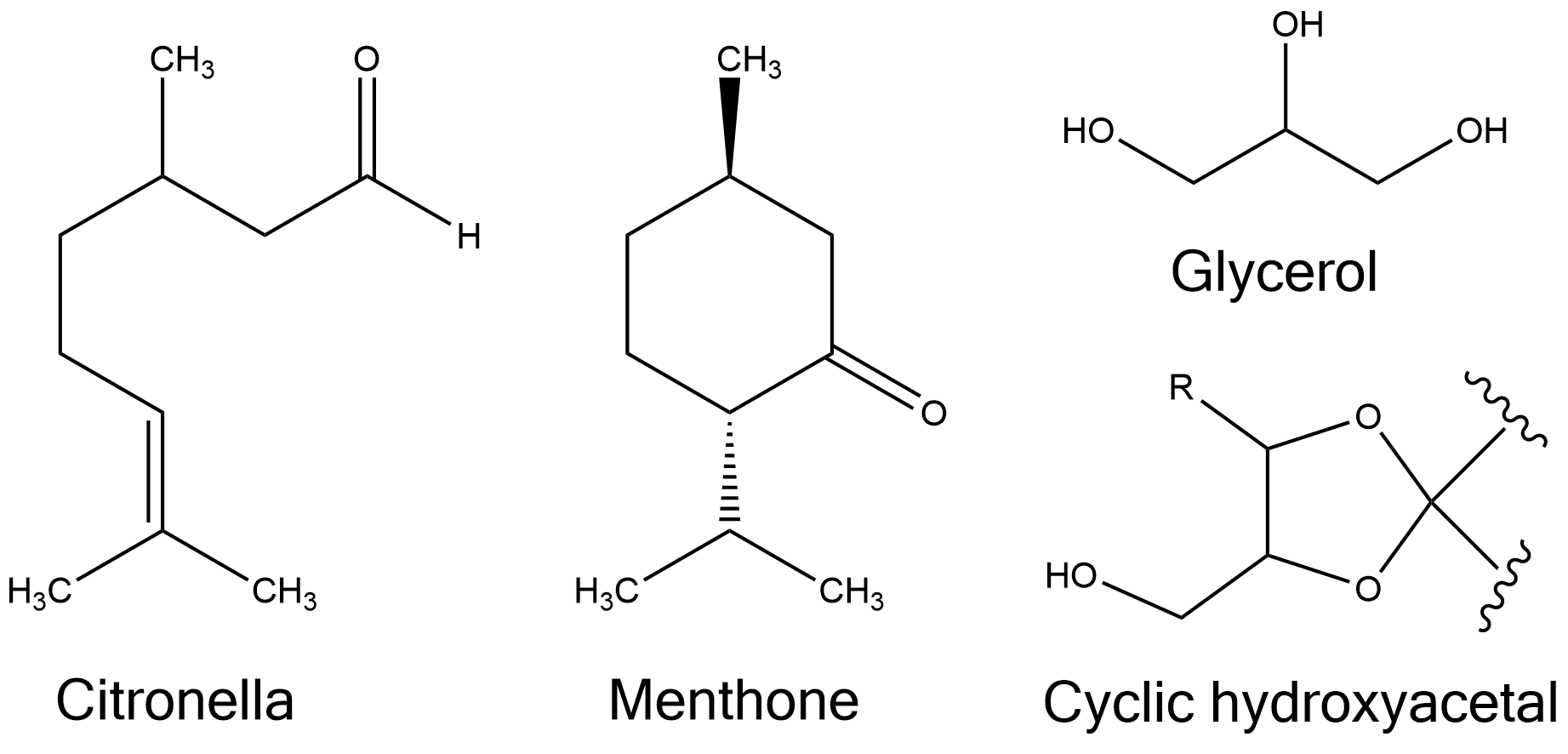Italian researchers have synthesised a safe and sweet-smelling solution to keep those pesky mosquitoes at bay this summer! By Joseph Olaniyan.
We have all at one time or another been a victim of the mosquito. This tiny creature buzzes all around us, nearly unnoticeable except for the hum that tortures our ears; we instinctively react to the sound with a sudden fling of the hand to scare it off. “C'mon, you’re here to bite me again! But not this time around, you mosquito.”
Having had a similar experience, you may also know that mosquito bites induce an irritating experience of red bumps and itching skin, owing to their ability to feed on humans by sucking our blood. Beyond this lies more serious effects like the transmission of disease between the diverse hosts, making skin irritation seem a rather mellow response. This can lead to the rapid spread of diseases like malaria, chronic fever, Zika and West Nile virus, to name a few. The spread of disease via mosquito vectors is responsible for 2.7 million deaths annually, particularly in developing countries [1]. Consequently, a new mosquito repellant could bring us one step closer to ending the age-long struggle against mosquitoes.
Mosquitoes use olfactory receptors, found on the antennae and face, to allow them to detect our body odour. At close range, they can distinguish between our body temperature and our surroundings using thermal contrast sensing. They have eyes composed of many lenses which makes them extremely sensitive to light and helps guide them towards us. Finally, once a mosquito lands on its target its specialised feeding organ, which contains sensory hair cells, helps to locate blood under the skin. These senses can in fact be weaponized against mosquitoes; repellants work by disrupting these olfactory, visual and thermal cues that are otherwise used to target human feeding [2]. There are numerous repellants on the market, but are any of them really optimal?
N,N-diethyl-meta-toluamide (DEET) is a common repellant that has proven effective in keeping the nemesis at bay. It was considered to be the gold standard of mosquito repellents, but its short-term efficacy and offensive odour have created a need for improvement. Furthermore, the frequent application of DEET increases its concentration on the skin, which could potentially react with synthetic fibres in our clothing, causing discomfort and in extreme cases, burns.
Other topical repellents like picaridin, natural cortisol, and IR3535 are also commonly used, but they do not meet every criteria of an optimal repellent. At the very least, they are non-toxic to humans, animals and the environment, whilst providing protection at low doses. To remain active for longer, their formulation must be stable enough to resist being washed away or rubbed off. However, the ideal repellent should also possess a pleasant odour and a non-greasy texture which would massively improve its marketability. Thus far, no repellent on the market ticks all of these boxes, so there remains a demand that is not currently being met.
The Biology Department at the University of Firenze, Italy investigated mosquito repellents made from naturally occurring terpenoids. These are organic molecules derived from plants that have high volatility so they evaporate easily, limiting their activity and protection period. Citronella and menthone are two such terpenoids, which have very pleasant aromas. Researchers investigated their less volatile derivatives to prepare longer lasting repellents which retain their fragrance. They achieved this by reacting these carbonyl-containing compounds with triols to produce acetals and hydroxyacetals. The release of hydroxy (-OH) groups from this condensation reaction simultaneously lowers the volatility and improves its water-solubility. This allows the repellent to be formulated in aqueous media, which could make manufacturing much easier.

The group also found that cyclic hydroxyacetals prepared using affordable carbonyls have a milder fragrance and are more soluble in water. This allows them to be synthesised without the use of high alcohol concentrations that can cause skin irritation. Some of the new repellents were as effective as DEET and picaridin in deterring Asian Tiger mosquitoes, which are prevalent in the US and carry diseases such as encephalitis, dengue, and dog heartworm. The new compounds provided 95% or more protection from bites for at least 8 hours to human volunteers, while DEET's efficacy declined significantly after just 2 hours. The toxicity of the most active compounds was on par with or lower than traditional repellents. The group believe that these novel chemicals could potentially be a new class of effective and safe mosquito repellents that can rival DEET and picaridin, with the added benefit of marketability.
Understanding why these specific hydroxyacetals are so successful as repellants is challenging because they exist as mixtures of isomers. Even after identifying the bioactive structure, figuring out a synthesis to obtain only that specific isomer will be a very taxing process which could hinder their processing on the industrial scale.
References:
[1] : Iovinella I, Mandoli A, Luceri C, D’Ambrosio M, Caputo B, Cobre P, et al. Cyclic Acetals as Novel Long-Lasting Mosquito Repellents. J Agric Food Chem 2023;71:2152–9. https://doi.org/10.1021/acs.jafc.2c05537.
[2] : Joshua I Raji, Matthew DeGennaro, Genetic analysis of mosquito detection of humans, Current Opinion in Insect Science, Volume 20, 2017, Pages 34-38 ISSN 2214-5745. https://doi.org/10.1016/j.cois.2017.03.003.





